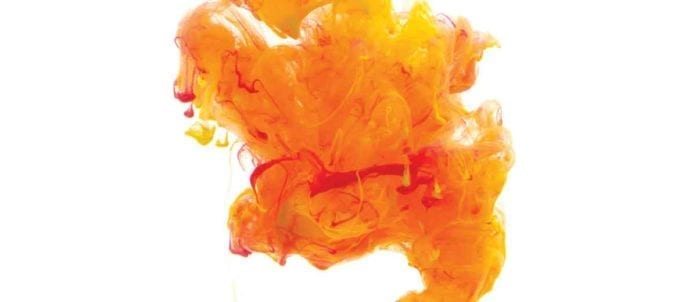Traditionally, one is a drink enjoyed before a meal; the other consumed after. The aperitif and digestif drinks of antiquity are classic beverages separated by several courses of food, but the line dividing their defined roles has recently become blurred.
According to Statistics Canada, category sales continue to grow, with liquor stores and other retail outlets reporting sales of $5.3-billion in the year ending March 2017 — a three-per-cent increase from the previous year. However, the LCBO reports sales in the aperitif category increased nearly nine per cent between 2012 and 2017.
An aperitif — relatively low in alcohol and sugar — was originally an herb-based drink thought to stimulate the appetite. The aperitif’s partner, the digestif, has a similar historical reputation as an herbal tonic that aids digestion. It’s usually sweeter, higher in alcohol and served neat, at room temperature and sipped slowly.
But, every rule has its exceptions and traditions have changed, says Robin Goodfellow of Toronto’s Bar Raval, which boasts 10 vermouths and 10 sherries on its menu. “That’s old-school mentality,” says Goodfellow. “People drink them all the time.”
Bar Raval guests crave dry, floral sherries. “We’re doing a lot with them,” Goodfellow says, citing Amontillado Del Duque ($16) as a particular favourite on his “Fortified” menu. The popular Baby Duck is made with Cazadores Reposado, Lustau Amontillado, Campari, Peychaud’s Bitters and Angostura ($14).
Amber Bruce, bar manager at Vancouver’s The Keefer Bar, says a slightly lower alcohol content is an attraction from a marketing standpoint. “We’re seeing quite a bit of interest in lighter drinks, such as the Aperol Spritz ($8) before dinner,” says Bruce who is also Communications director for the Vancouver-based Canadian Professional Bartenders Association. Aperol, an Italian aperitivo made by Campari, includes gentian (an herb that aids digestion), rhubarb and cinchona (derived from a shrub) among its ingredients. Keefer’s “Threat Level Midnight” cocktail blends aperitif bitterness with digestif sweetness: Averna, Fernet-Branca, chicory, banana liquer, pecan bitters, absinthe and cinnamon water ($14).
Jessie Votary, co-owner of Okazu 85 Downie in downtown Stratford, Ont., sees the trend slowing down. “Regardless, aperitifs and digestifs are certainly popular in cocktails and I enjoy Amaro after dining. A lot of throwback cocktails use them, but it seems the timeline might be winding down in the next year or so.” Blending aperitif and digestif elements, Downie’s “French Bulldog” cocktail is made with gin, Lillet Blanc, St-Germain liqueur, grapefruit juice, lemon and bitters ($11.25).
Adventurous palates have made aperitifs and digestifs popular, sums up Goodfellow. “Cocktails aren’t sugar bombs any longer,” he says. “They’re more sophisticated and are expressions of a bar and its bartenders.”
Written by Andrew Coppolino


















